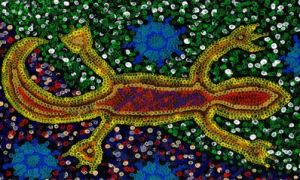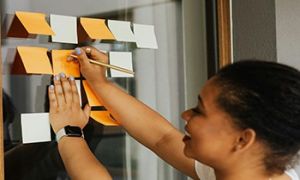Quality Area 2 focuses on children's health and safety within educational and care settings, as per frameworks like Australia's National Quality Standard (NQS). Here are key terms associated with this area:
1. Safe Environments
A safe environment is one where potential hazards are identified and eliminated or minimized to ensure children's safety and well-being. For example:
- In a daycare setting, the outdoor play area is regularly inspected to remove broken equipment or sharp objects. A soft-fall surface is installed under play equipment to reduce the risk of injury from falls.
- Educators rearrange indoor furniture to prevent overcrowding and create clear pathways, reducing the chances of tripping. They also keep cleaning supplies in locked cabinets out of children’s reach and ensure electrical outlets are covered.
2. Hygiene Practices
Hygiene practices are routines implemented to prevent illness and promote cleanliness. For example:
- Children are taught proper handwashing techniques using a fun song to make sure they wash for at least 20 seconds. Educators ensure that toys and surfaces are regularly cleaned and disinfected, especially after meals or messy play.
- Educators establish a “fun handwashing zone” with colorful posters and timers. They teach children to sing a song while washing to ensure they do it thoroughly. Additionally, they demonstrate proper coughing and sneezing etiquette by using tissues or the crook of their elbows.
3. Risk Management
Risk management involves assessing potential risks and implementing strategies to allow safe exploration without harm. For example:
- For an outdoor climbing activity, educators assess the height of the equipment, ensure soft ground is in place, and provide supervision. They explain safe climbing techniques to children and set clear rules, like climbing one at a time.
- Before a nature walk, educators assess the area for risks like uneven paths, poisonous plants, or sharp rocks. They also explain safety rules to the children, such as staying with the group and not touching unknown plants.
4. Supervision
Active supervision ensures that educators are closely monitoring children’s activities and interactions. For example:
- In a preschool setting, an educator positions themselves to have a clear view of both the sandpit and the climbing structure. They engage with children by joining their play while remaining alert to potential risks, like a child throwing sand or climbing unsafely.
- While supervising children in a water play area, educators remain within arm’s reach of younger children and encourage older ones to use toys safely. They also use rotation strategies to ensure all areas are covered, such as sandpits, climbing frames, and water zones.
5. Emergency Preparedness
Having plans in place ensures quick and effective responses to emergencies. For example:
- The center conducts regular fire drills where children practice evacuating calmly and assembling at a designated safe spot. Emergency contact details and first aid kits are readily accessible in case of a medical incident.
- Educators conduct age-appropriate emergency drills, explaining to children why they are important. For instance, before a fire drill, they might use picture books or storytelling to help children understand what will happen and what they need to do.
6. Incident Reporting
Incident reporting involves documenting and addressing accidents or safety concerns accurately. For example:
- When a child falls and scrapes their knee, the educator cleans the wound and comforts the child. They fill out an incident report with details of what happened, how it was managed, and share it with the child’s family.
- If a child is bitten by another during play, educators document the incident neutrally, describing what happened and the actions taken. They notify both children’s families and discuss strategies to prevent similar incidents in the future.
7. Healthy Lifestyle
Promoting a healthy lifestyle encourages good habits in nutrition, physical activity, and rest. For example:
- The menu at a childcare center includes fresh fruits, whole grains, and lean proteins to ensure balanced nutrition. Educators also incorporate daily physical activities like yoga or obstacle courses and provide a quiet area for naps or relaxation.
- The program includes cooking activities where children prepare simple, healthy snacks like fruit skewers. Educators discuss the importance of eating colorful fruits and vegetables for “superpowers,” like strong bones and good eyesight.
8. Sun Protection
Strategies are put in place to protect children from harmful sun exposure. For example:
- Before outdoor play, educators ensure children wear hats, apply sunscreen, and play in shaded areas during peak UV times. They also model these behaviors by wearing hats and sunscreen themselves.
- Educators plan outdoor activities early in the morning or late in the afternoon to avoid peak UV times. They also implement a “no hat, no play” policy, ensuring every child wears a wide-brimmed hat and protective clothing.
9. Illness Management
Protocols for illness management help reduce the spread of infections and ensure sick children receive appropriate care. For example:
- If a child develops a fever during the day, the educator contacts the family immediately. The child is cared for in a quiet, separate space until they are picked up, and the area is sanitized afterward. A policy is in place requiring children to stay home until they are fever-free for 24 hours.
- During flu season, educators implement additional measures like temperature checks and sanitizing high-contact surfaces (e.g., door handles, toys). Families are regularly reminded to keep sick children at home to protect others.
10. Child Safety
Child safety focuses on protecting children from physical, emotional, or psychological harm, including abuse or neglect. For example:
- Educators complete mandatory training in child protection and know how to identify and respond to signs of abuse. A “safe spaces” policy ensures children feel emotionally supported and all interactions are respectful and nurturing.
- Educators teach children about personal safety using age-appropriate resources, such as identifying trusted adults or understanding body boundaries (e.g., "My body, my rules" activities).
These concepts highlight the practical application of each term and their importance in creating a safe, nurturing environment for children.
Further Reading
EYLF Learning Outcomes Version 2.0
How To Achieve Quality Area 2
Reflection Questions For Quality Area 2
Exceeding Guidance For Quality Area 2
Documentation Services Are Require To Support Quality Area 2
Understanding Quality Areas




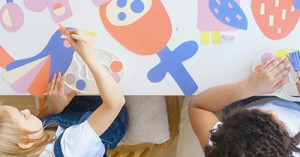


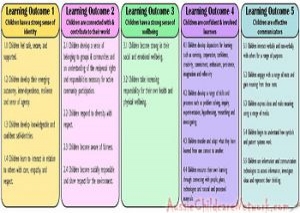 Here is the list of the EYLF Learning Outcomes that you can use as a guide or reference for your documentation and planning. The EYLF
Here is the list of the EYLF Learning Outcomes that you can use as a guide or reference for your documentation and planning. The EYLF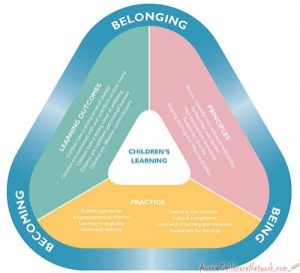 The EYLF is a guide which consists of Principles, Practices and 5 main Learning Outcomes along with each of their sub outcomes, based on identity,
The EYLF is a guide which consists of Principles, Practices and 5 main Learning Outcomes along with each of their sub outcomes, based on identity, This is a guide on How to Write a Learning Story. It provides information on What Is A Learning Story, Writing A Learning Story, Sample
This is a guide on How to Write a Learning Story. It provides information on What Is A Learning Story, Writing A Learning Story, Sample One of the most important types of documentation methods that educators needs to be familiar with are “observations”. Observations are crucial for all early childhood
One of the most important types of documentation methods that educators needs to be familiar with are “observations”. Observations are crucial for all early childhood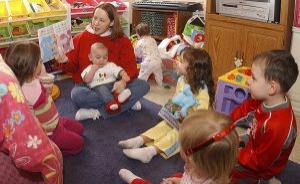 To support children achieve learning outcomes from the EYLF Framework, the following list gives educators examples of how to promote children's learning in each individual
To support children achieve learning outcomes from the EYLF Framework, the following list gives educators examples of how to promote children's learning in each individual Reflective practice is learning from everyday situations and issues and concerns that arise which form part of our daily routine while working in an early
Reflective practice is learning from everyday situations and issues and concerns that arise which form part of our daily routine while working in an early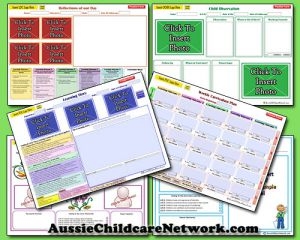 Within Australia, Programming and Planning is reflected and supported by the Early Years Learning Framework. Educators within early childhood settings, use the EYLF to guide
Within Australia, Programming and Planning is reflected and supported by the Early Years Learning Framework. Educators within early childhood settings, use the EYLF to guide When observing children, it's important that we use a range of different observation methods from running records, learning stories to photographs and work samples. Using
When observing children, it's important that we use a range of different observation methods from running records, learning stories to photographs and work samples. Using This is a guide for educators on what to observe under each sub learning outcome from the EYLF Framework, when a child is engaged in
This is a guide for educators on what to observe under each sub learning outcome from the EYLF Framework, when a child is engaged in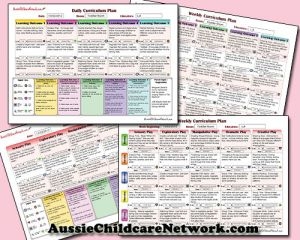 The Early Years Learning Framework describes the curriculum as “all the interactions, experiences, activities, routines and events, planned and unplanned, that occur in an environment
The Early Years Learning Framework describes the curriculum as “all the interactions, experiences, activities, routines and events, planned and unplanned, that occur in an environment